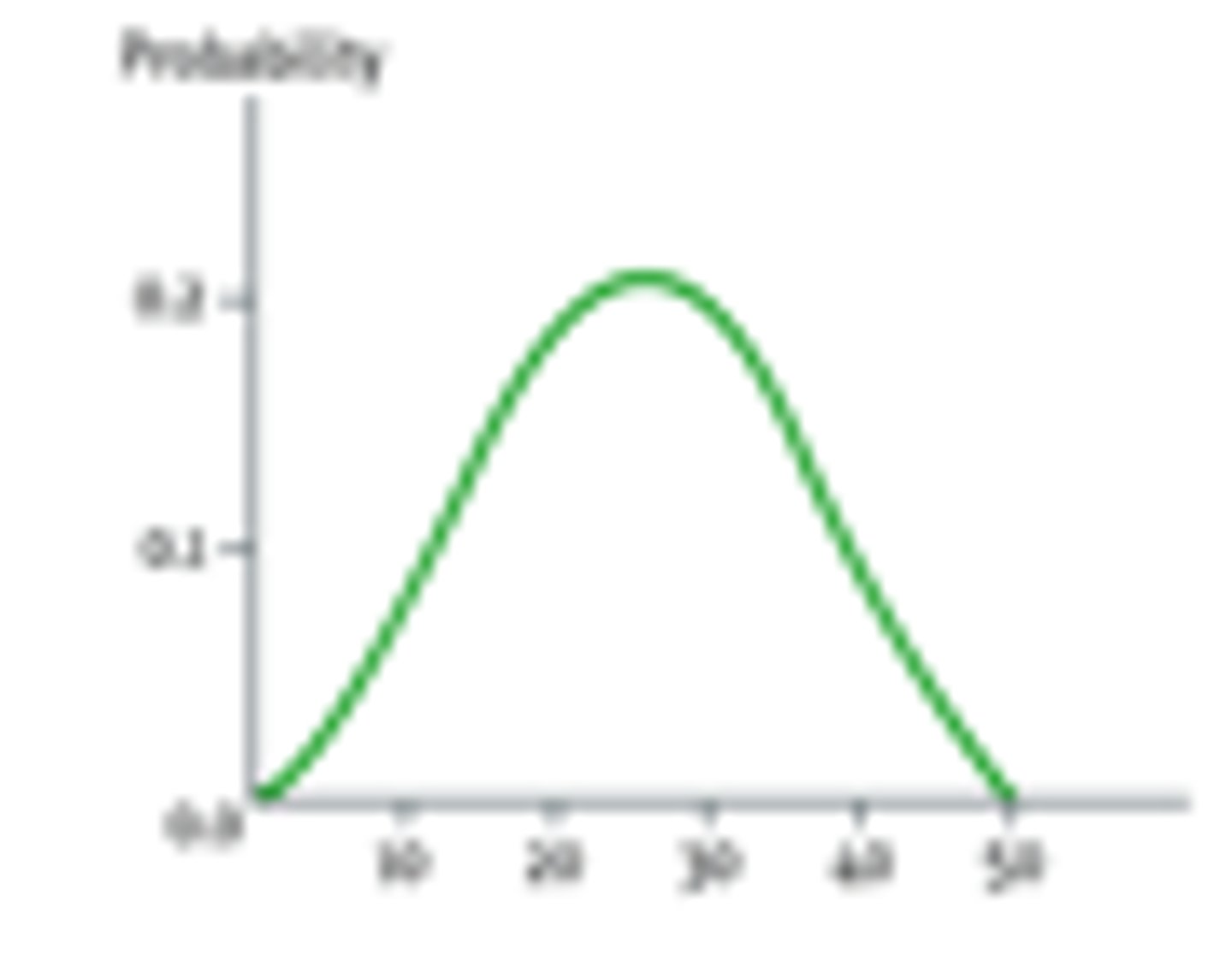AP Psychology- AP Exam Review
1/225
There's no tags or description
Looks like no tags are added yet.
Name | Mastery | Learn | Test | Matching | Spaced |
|---|
No study sessions yet.
226 Terms
psychology
the study of behavior and mental processes
psychology's biggest question
Which is more important in determining behavior, nature or nurture?
psychology's three levels of analysis
biopsychosocial approach
(looks at the biological, psychological, and social-cultural approaches together)
biological approach
genetics, close-relatives, body functions
evolutionary approach
species - helped with survival (ancestors)
psychodynamic approach
(Freud) subconscious, repressed feelings, unfulfilled wishes
behavioral approach
learning (classical and operant) observed
cognitive approach
thinking affects behavior
humanistic approach
becoming a better human (behavior, acceptance)
social-cultural approach
cultural, family, environment
two reasons of why experiments are important
hindsight bias + overconfidence
types of research methods
descriptive, correlational, and experimental
descriptive methods
case study
survey
naturalistic observation
(DON'T SHOW CAUSE/EFFECT)
case study
studies one person in depth
may not be typical of population
survey
studies lots of people
not in depth
naturalistic observation
observe + write facts without interference
correlational method
shows relation, but not cause/effect
scatterplots show research
correlation coefficient
+ 1.0 (both increase)
0 (no correlation
- 1.0 (one increases, other decreases)
experimental method
does show cause and effect
population
type of people who are going to be used in experiment
sample
actual people who will be used (randomness reduces bias)
random assignment
chance selection between experimental and control groups
control group
not receiving experimental treatment
receives placebo
experimental group
receiving treatment/drug
independent variable
drug/procedure/treatment
dependent variable
outcome of using the drug/treatment
confounding variable
can affect dependent variable beyond experiment's control
scientific method
theory
hypothesis
operational definition
revision
theory
general idea being tested
hypothesis
measurable/specific
operational definition
procedures that explain components
mode
appears the most
mean
average
median
middle
range
highest - lowest
standard deviation
how scores vary around the mean
central tendency
single score that represents the whole
bell curve
(natural curve)

ethics of testing on animals
need to be treated humanly
basically similar to humans
ethics of testing on humans
consent
debriefing
no unnecessary discomfort/pain
confidentiality
sensory neurons
travel from sensory receptors to brain
motor neurons
travel from brain to "motor" workings
interneurons
(in brain and spinal cord)
connecting motor and sensory neurons
neuron
a nerve cell; the basic building block of the nervous system
dendrites
receive messages from other neurons
myelin sheath
protects the axon
axon
where charges travel from cell body to axon terminal
neurotransmitters
chemical messengers
reuptake
extra neurotransmitters are taken back
excitatory charge
"Let's do it!"
inhibitory charge
"Let's not do it!"
central nervous system
brain and spinal cord
peripheral nervous system
somatic nervous system
autonomic nervous system
somatic nervous system
voluntary movements
autonomic nervous system
involuntary movements
(sympathetic and parasympathetic nervous systems)
sympathetic nervous system
arousing
parasympathetic nervous system
calming
neural networks
more connections form with greater use
others fall away if not used
spinal cord
expressway of information
bypasses brain when reflexes involved
endocrine system
slow
uses hormones in the blood system
master gland
pituitary gland
brainstem
extension of the spinal cord responsible for automatic survival
reticular formation (if stimulated)
sleeping subject wakes up
reticular formation (if damaged)
coma
brainstem (if severed)
still move (without purpose)
thalamus
sensory switchboard
(does not process smell)
hypothalamus
basic behaviors (hunger, thirst, sex, blood chemistry)
cerebellum
nonverbal memory, judge time, balance emotions, coordinate movements
cerebellum (if damaged)
difficulty walking and coordinating
amygdala
aggression, fear, and memory associated with these emotions
amygdala (if lesioned)
subject is mellow
amygdala (if stimulated)
aggressive
hippocampus
process new memory
cerebrum
two large hemispheres
perceiving, thinking, and processing
cerebral cortex
only in higher life forms
association areas
integrate and interpret information
glial cells
provide nutrients to myelin sheath
marks intelligence
higher proportion of glial cells to neurons
frontal lobe
judgement, personality, processing
(Phineas Gage accident)
parietal lobe
math and spatial reasoning
temporal lobe
audition and recognizing faces
occipital lobe
vision
corpus callosum
split in the brain to stop hyper-communication
(eliminate epileptic seizures)
Wernicke's area
interprets auditory and hearing
Broca's area
speaking words
plasticity
ability to adapt if damaged
sensation
what our senses tell us
bottom-up processing
senses to brain
perception
what our brain tells us to do with that information
top-down processing
brain to senses
inattentional blindness
fail to "gorilla" because attention is elsewhere
cocktail party effect
even with tons of stimuli, we are able to pick out our name, etc.
change blindness
giving directions and person is changed and we don't notice
choice blindness
when defending the choice we make, we fail to notice choice was changed
absolute threshold
minimum stimulation needed in order to notice 50% of the time
signal detection theory
we notice what is more important to us (rather hear a baby crying)
JND (just noticeable difference)
(Weber's law)
difference between different stimuli noticed in proportion
sensory adaptation
tired of noticing
(Brain says, "Been there, done that. Next?"
rods
night time
cones
color
parallel processing
notice color, form, depth, movement, etc.